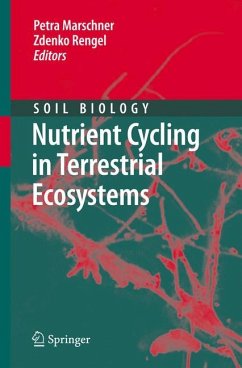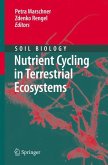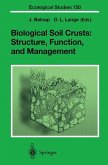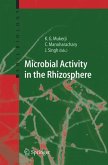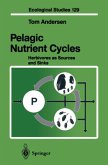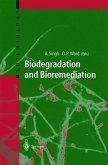Nutrient Cycling in Terrestrial Ecosystems presents a comprehensive overview of nutrient cycling processes and their importance for plant growth and ecosystem sustainability. The first part of the book presents the fundamentals of nutrient cycling. Topics included are cycling of carbon, nitrogen, phosphorus, sulphur and micronutrients. Particular attention is paid to the role of root exudates and rhizosphere microorganisms in facilitating nutrient cycling. The second part discusses nutrient cycling at an ecosystem scale, covering cropping systems, pastures, natural grasslands, arid lands, tundras and forests. The final chapter reviews current models of nutrient cycling.
By comprehensively covering nutrient cycling at a range of scales and emphasising multidisciplinary approaches, this volume will support scientists and practitioners alike, providing links between those involved in improving sustainable economic output from managed ecosystems and those interested in conservation of natural ecosystems.
By comprehensively covering nutrient cycling at a range of scales and emphasising multidisciplinary approaches, this volume will support scientists and practitioners alike, providing links between those involved in improving sustainable economic output from managed ecosystems and those interested in conservation of natural ecosystems.
From the reviews:
"This edited volume ... cover the fundamental nature of soil organic matter, root exudates, and micronutrients as well as chapters covering crop residues, managed pastures, and models of agricultural systems. The breadth of topics covered by this book is its greatest strength, and for this reason alone deserves a look by virtually any research scientist or graduate student in biogeochemistry. ... I do believe that there will be interesting and valuable surprises for almost anyone in this volume." (Kate Lajtha, Ecology, Vol. 89 (5), 2008)
"This edited volume ... cover the fundamental nature of soil organic matter, root exudates, and micronutrients as well as chapters covering crop residues, managed pastures, and models of agricultural systems. The breadth of topics covered by this book is its greatest strength, and for this reason alone deserves a look by virtually any research scientist or graduate student in biogeochemistry. ... I do believe that there will be interesting and valuable surprises for almost anyone in this volume." (Kate Lajtha, Ecology, Vol. 89 (5), 2008)

